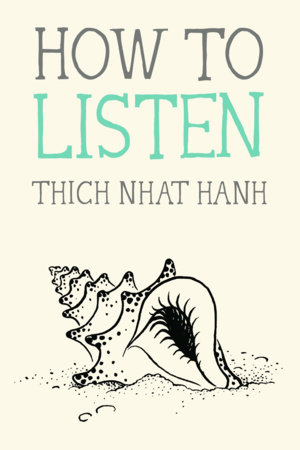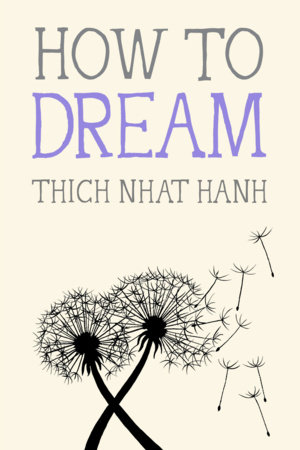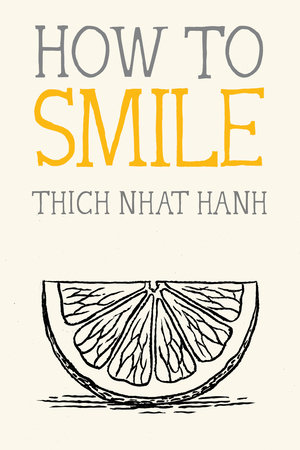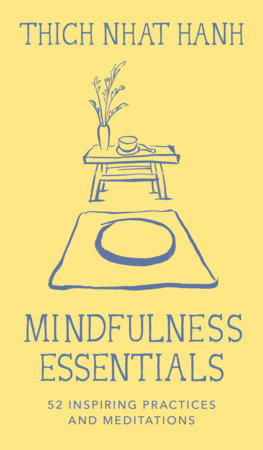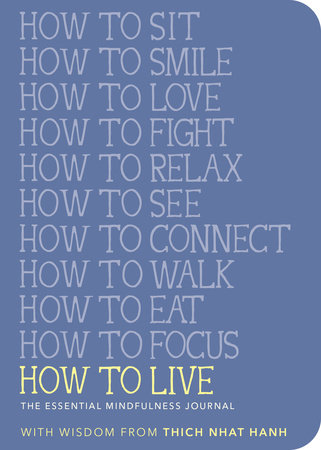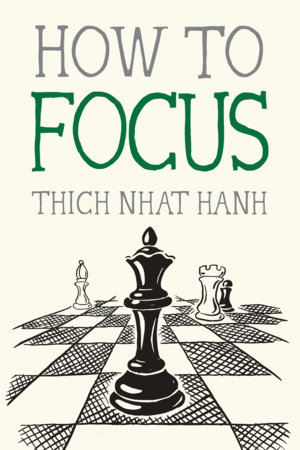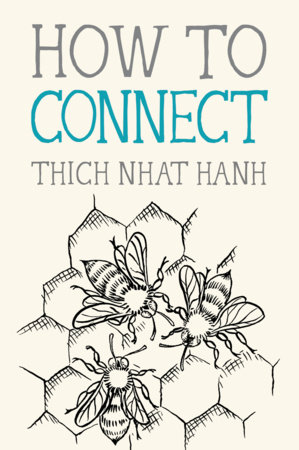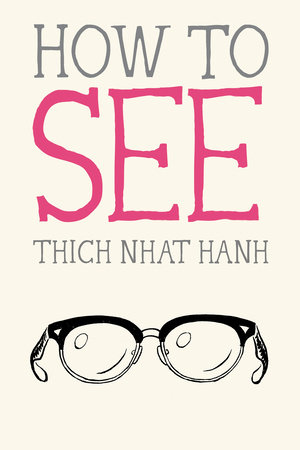How to Listen
Thich Nhat Hanh
Paperback
September 10, 2024 | ISBN 9780984627110
AmazonBarnes & NobleBooks A MillionBookshop.orgHudson BooksellersPowell'sTargetWalmart
Ebook
September 10, 2024 | ISBN 9780984627172
AmazonApple BooksBarnes & NobleBooks A MillionGoogle Play StoreKobo
About the Book
In How to Listen, Zen Master Thich Nhat Hanh demonstrates how deep listening is a fundamental building block of good communication. But perhaps more fundamentally, listening is central to our practice, a basic ingredient to strengthen our capacity for mindfulness, concentration, insight, and compassion. Learning how to listen with equanimity to life itself, we generate insight into the true nature of our deep connection to all things. And from this place of understanding—when we know that we aren’t separate—our capacity to listen deepens even further.
With clear and gentle guidance from Thich Nhat Hanh, we learn how truly listening—to ourselves, to each other, to Mother Earth, and to the many “bells of mindfulness” that are available to us in each moment—is the foundation of our practice, an expression of love, and a solution to our deepest and most urgent large-scale conflicts.
All Mindfulness Essentials books are illustrated with playful sumi-ink drawings by California artist Jason DeAntonis.


